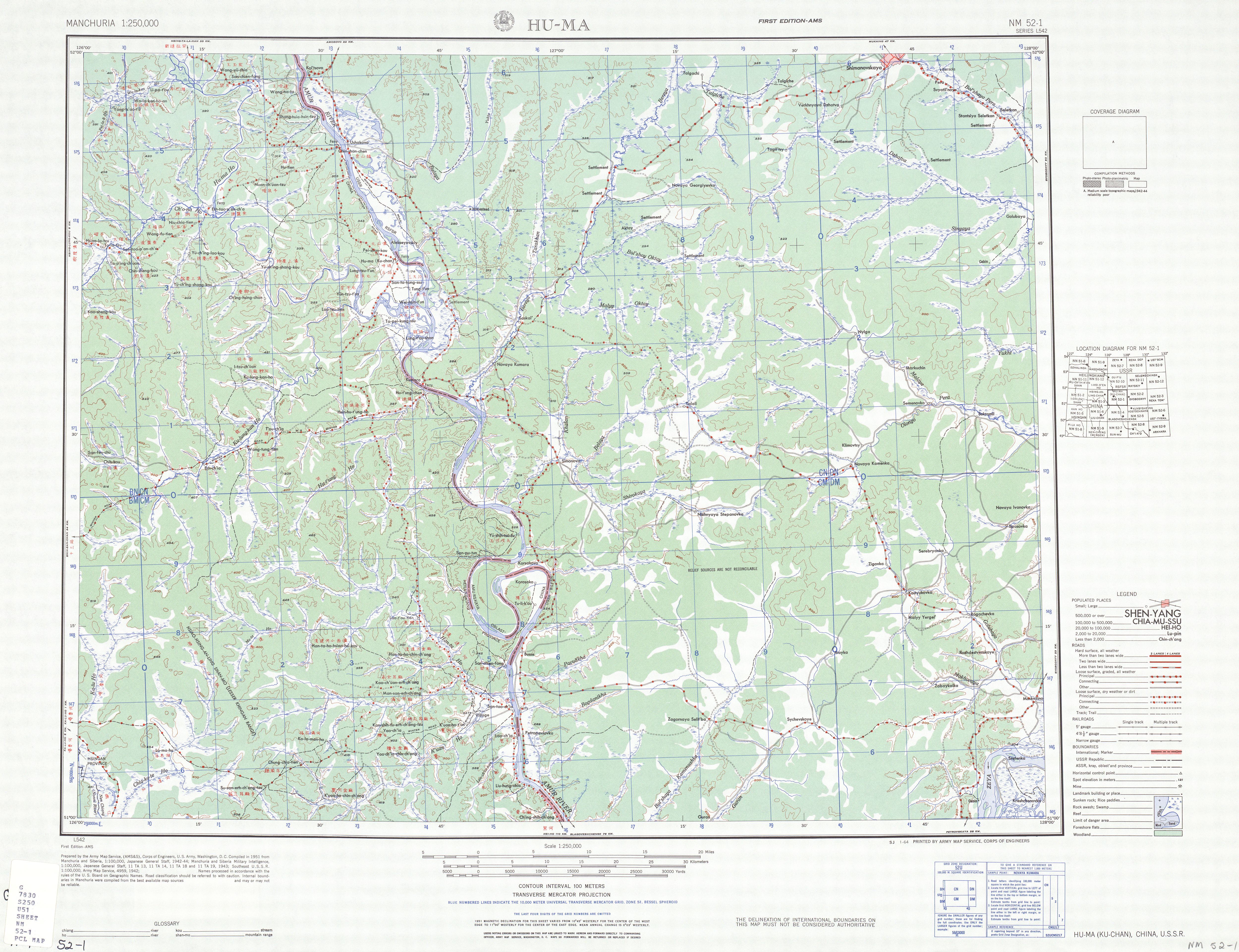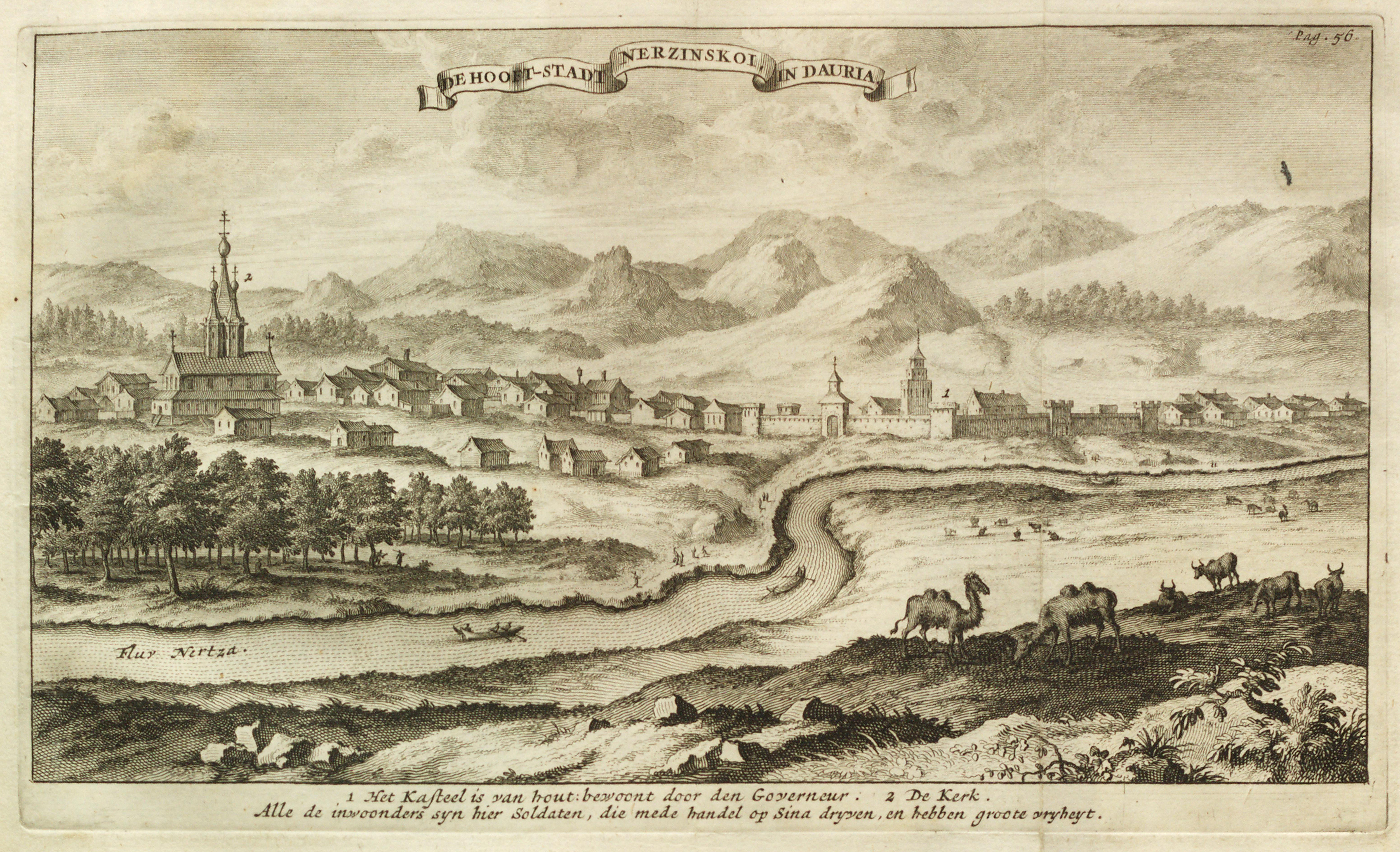|
Gantimur
Gantimur ( mn, Гүн Төмөр; ; russian: Гантимур) was the ancestor of Russian princely Gantimurov family. The details of his early life are unknown but it is known that in 1655 he participated with the Qing army in the siege against the Russian fort of Kumarsk. During 1667 Gantimur, along with his relatives and forty elders of his tribe, went over to the Russians to seek an alliance. An immediate attempt made by the Qing authorities to secure his return by force was unsuccessful, and special envoys sent by order of the Kangxi Emperor were also unsuccessful persuading Gantimur to come back to the side of the Qing. In 1684, Gantimur was baptized as a Christian into the Russian Orthodox Church and entered the ranks of the Russian nobility with the title and name of Prince Peter Gantimurov. The government in Moscow put him in charge of some of the Tungus and Mongol tribes of the newly acquired Transbaikal region. For permanent residence he chose Nerchinsk. In 1686, he was ... [...More Info...] [...Related Items...] OR: [Wikipedia] [Google] [Baidu] |
Gantimurov Family
The House of GantimurovAlternate spellings are Gantimourov(a), Gantimouroff, Gan-Timur and Gan-Timour. (russian: Гантимуровы) is a Russian princely family of evenks. History They have descended from the Manchu chieftain Gantimur or Gantömör ( Mongolian Gan:steel, tömör:iron), who came to live in Russia in 1667. The descendants of Gantimur were confirmed as Russian princes by a royal decree in 1686. They established the village of Karymskoye in Dauria. Their heraldic emblem is contained in the 17th part of the Gerbovnik. Wassily Kandinsky's great-grandmother was born Princess Gantimurov. Notable members * Prince Nikolai Gantimurov (1880–1924), a Russian officer, took part in the Siege of Port Arthur. * Natalia Gantimurova Natalia Sergeyevna Gantimurova (russian: Наталья Серге́евна Гантимурова; born 14 August 1991) is a Russian beauty pageant titleholder who was crowned Miss Russia 2011 and represented her Russia in t ... [...More Info...] [...Related Items...] OR: [Wikipedia] [Google] [Baidu] |
Qing
The Qing dynasty ( ), officially the Great Qing,, was a Manchu-led imperial dynasty of China and the last orthodox dynasty in Chinese history. It emerged from the Later Jin dynasty founded by the Jianzhou Jurchens, a Tungusic-speaking ethnic group who unified other Jurchen tribes to form a new "Manchu" ethnic identity. The dynasty was officially proclaimed in 1636 in Manchuria (modern-day Northeast China and Outer Manchuria). It seized control of Beijing in 1644, then later expanded its rule over the whole of China proper and Taiwan, and finally expanded into Inner Asia. The dynasty lasted until 1912 when it was overthrown in the Xinhai Revolution. In orthodox Chinese historiography, the Qing dynasty was preceded by the Ming dynasty and succeeded by the Republic of China. The multiethnic Qing dynasty lasted for almost three centuries and assembled the territorial base for modern China. It was the largest imperial dynasty in the history of China and in 1790 the fou ... [...More Info...] [...Related Items...] OR: [Wikipedia] [Google] [Baidu] |
Kumarsk
Huma County (; Manchu: Hūmar Siyan; russian: Кумары) is a county in the far north of the Heilongjiang province, People's Republic of China. The county seat is located on the right (southwestern) bank of the Amur River, a few kilometers upstream from the fall of the Huma River (formerly also known as Houmar) into the Amur. It is under the administration of the Daxing'anling Prefecture. The opposite side of the Amur River is in Amurskaya Oblast', Russia, where there is a village with the same name in Russified form, ''Kumara'' (russian: Кумара) History Kumarsk, the predecessor of the present-day Huma, was a fortified Russian town in the Amur River region, founded in 1652 by Yerofey Khabarov and his companions, during his retreat from Achansk, corresponding to the present-day Khabarovsk, where he was besieged by Manchu and Daur allied forces. On 13 March 1655, the Komar fortress, defended by the ataman Onufriy Stepanov and his 500 Cossacks, was besieged by a Q ... [...More Info...] [...Related Items...] OR: [Wikipedia] [Google] [Baidu] |
Transbaikal
Transbaikal, Trans-Baikal, Transbaikalia ( rus, Забайка́лье, r=Zabaykalye, p=zəbɐjˈkalʲjɪ), or Dauria (, ''Dauriya'') is a mountainous region to the east of or "beyond" (trans-) Lake Baikal in Far Eastern Russia. The steppe and wetland landscapes of Dauria are protected by the Daurian Nature Reserve, which forms part of a World Heritage Site named "The Landscapes of Dauria". Etymology The alternative name of the Transbaikal, ''Dauria'', derives from the ethnonym of the former inhabitants, the Daur people, whom Russian explorers first encountered in 1640. Geography Dauria stretches for almost 1,000 km from north to south from the Patom Plateau and North Baikal Plateau to the Russian state borders with Mongolia and China. The Transbaikal region covers more than 1,000 km from west to east from Lake Baikal to the meridian of the confluence of the Shilka and Argun Rivers. To the west and north lies the Irkutsk Oblast; to the north the Republic of Sak ... [...More Info...] [...Related Items...] OR: [Wikipedia] [Google] [Baidu] |
Nerchinsk
Nerchinsk ( rus, Не́рчинск; bua, Нэршүү, ''Nershüü''; mn, Нэрчүү, ''Nerchüü''; mnc, m=, v=Nibcu, a=Nibqu; zh, t=涅尔琴斯克(尼布楚), p=Niè'ěrqínsīkè (Níbùchǔ)) is a town and the administrative center of Nerchinsky District in Zabaykalsky Krai, Russia, located on the left bank of the Nercha River, above its confluence with the Shilka River, east of Lake Baikal, about west of the Chinese border, and east of Chita, the administrative center of the krai. Population: 6,713 (1897). Town name in other languages Two important treaties between the Russian Empire and Manchu China mention Nerchinsk: the 1689 Treaty of Nerchinsk and the 1727 Treaty of Kyakhta. Non-Russian comments on these treaties or on the history of the town may mention other names: *Latin: Nipchou or Nipcha (however, the Treaty of Kyakhta called the town Nipkoa) *Manchu: Nibcu hoton *Chinese: 尼布楚; Pinyin: Níbùchǔ History The fort of Nerchinsk dates ... [...More Info...] [...Related Items...] OR: [Wikipedia] [Google] [Baidu] |
Narym
Narym (russian: Нарым, Selkup for ''marsh'') is a village ('' selo'') in Parabelsky District of Tomsk Oblast, Russia, located on the banks of the Ob River near its confluence with the Ket River, from the village of Parabel. The village is surrounded on all sides by marshes. History Narym was founded in 1596 (or possibly 1598) as Narymsky ostrog—the first Russian settlement on the territory of the current Tomsk Oblast. Russian pioneers would travel up the Ob to Narym, then up the Ket River and over a short portage to the Yenisei River. The village was founded under the supervision of ataman Tugarin of Surgut, who also founded Ketsky Ostrog. In 1601, Narym received town status, but remained a small fort with only temporary inhabitants until 1629. Also in 1601, Narymsky District was formed. The settlement served as a center for the collection of tribute from the indigenous Selkup. Twice (in 1619 and 1632) the settlement was relocated due to floods and fires. The fi ... [...More Info...] [...Related Items...] OR: [Wikipedia] [Google] [Baidu] |


